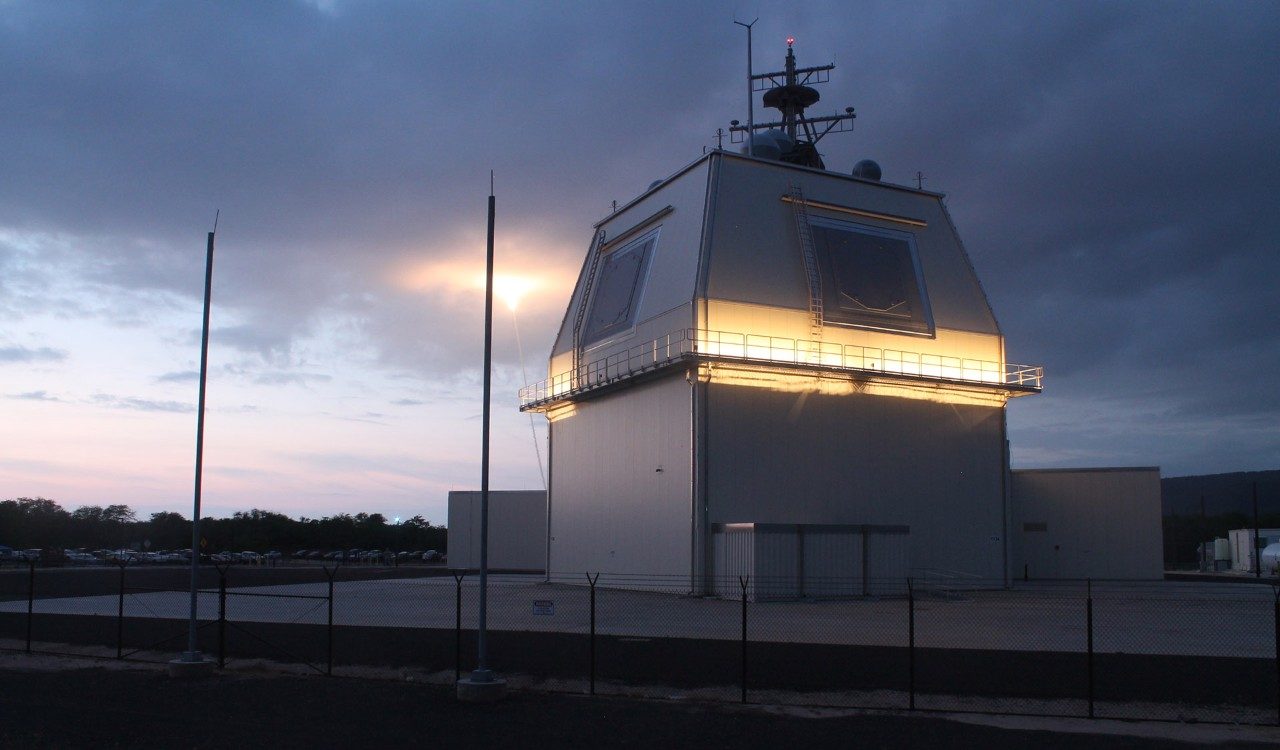The United States is on schedule to begin testing Poland’s Aegis Ashore combat system in April, US Missile Defense Agency Director Vice Adm. John Hill said.
“We in close coordination with the Army Corps have gotten to the point where we’ve got a very predictable schedule now. So we’ve got the arrays in place, all of the Aegis equipment for the war-fighting capability to ashore now installed, it’s all in place, and we start our testing campaign on the combat system coming up this next month,” Hill said during a conference press on Monday.
Hill explained that the SM-3 Block 2A ballistic missile interceptor that Poland’s Aegis Ashore will be equipped with is not designed to target strategic capabilities from Russia.
The US Defense Department previously said it expects the Aegis Ashore missile defense system it has provided for Poland will be completed and operational by the end of 2022.
In 2018, Poland signed an agreement with the United States worth nearly $5 billion for air and missile defense systems to defend against missile threats from Iran, according to the Defense Department.
Earlier, the Missile Defense Agency (MDA) said that the temporary installation and integration of the US Aegis Ashore system with missile defense batteries in Poland has allowed a series of tests prior to the system’s permanent deployment.
“The Aegis Weapon System… was unpacked and temporarily set up in a site-activation facility to create the Poland Aegis Ashore Removable Equipment Unit Integration Site for testing prior to permanent installation,” the MDA said in a press release.

The integration site allowed testing of several simulated scenarios demonstrating successful Ballistic Missile Defense (BMD), engaging on remote and launching on remote multiple threats, the release said.
In addition, the installation allowed engineers to update the Aegis weapon system hardware and software and correct equipment issues which could have caused delays to the ultimate start of operations if discovered during permanent installation, the release added.
In 2018, Poland signed an agreement with the United States worth nearly $5 billion for air and missile defense systems, the State Department said in a recently published fact sheet.
The Aegis Weapon System had been in extended storage at the site awaiting installation in the Aegis Ashore Deckhouse. In February, it was unpacked and temporarily set up in a site-activation facility to create the Poland Aegis Ashore Removable Equipment Unit Integration Site for testing prior to permanent installation.
The testing has consisted of several simulated scenarios demonstrating successful BMD organic, Engage on Remote, and Launch on Remote engagements of multiple threats. It also provided the opportunity to update Aegis Weapon System hardware and software, and correct equipment issues which could have caused delays to the ultimate start of operations if discovered during permanent installation.

Aegis Ashore Poland’s SPY-1D(V) radar has 360-degree coverage and will be available to provide long-range BMD defensive operations continuously and reliably 365 days a year.
All Aegis Ashore sites use a defensive system identical to those used on U.S. Navy Aegis ships and tailored through software modifications specifically to detect, track, engage and destroy ballistic missiles in flight from sites ashore.
USACE is overseeing a $182 million contract to build this land-based ballistic missile defense complex for MDA and the U.S. Navy in Redzikowo.
The Aegis Ashore system uses Standard Missile-3 interceptors, which do not carry an explosive warhead but intercept and destroy enemy missiles kinetically, called hit-to-kill.
Once complete, the Aegis Ashore Poland site will be the second shore-based missile defense site in Europe and mark the completion of the final phase of the United States’ European Phased Adaptive Approach (EPAA).
Systems delivered as part of EPAA protect deployed U.S. forces and European NATO allies in the region from current and emerging ballistic missile threats originating outside the Euro-Atlantic area.
- Mail the author at: Nytten@gmail.com
- Follow EurAsian Times on Google News




